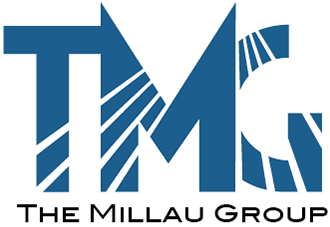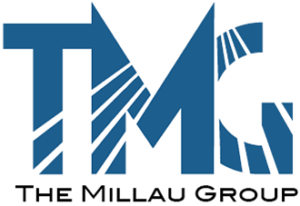What’s the difference between Asking & Questioning?
Why does it matter?
“Asking” and “questioning” are two different skills that are essential for every salesperson and sales team to master.
Although they are two dramatically different skills, most individuals view them both as questioning: “What questions are we going to ask?” Or, “What are we going to ask?”
In the next 2-minutes, you’ll be exposed to a skill that once applied, will produce immediate, positive results for you.
Questioning is a skill which enables you to obtain INFORMATION from a decision influencer.
There are 3 types of questions that allow you to uncover different “types” of information:
1) Verify information that you believe to be true
2) Discover new information
3) Identify how someone personally feels about a topic – reflective questions
Properly prepared and delivered questions of the 3 types above will allow you to gain information necessary to move a sale forward. Success is getting an answer.
During a sales call, typically 4-8 questions are asked. The outcome we’re looking for is simply an answer. Chances are the person you’re asking the questions to will provide the same answers to your competitors – assuming they ask similar questions.
Asking is a skill which enables you to obtain a desired ACTION from a decision influencer. 
Examples of asks:
- For the order
- For the next step in your sales process
- For a meeting
- To be specified
- To accept a price increase
- To quote
- For a customer to purchase more of your products or services
A properly developed, i.e. influential, ask that is skillfully delivered will enable you to obtain an action from the decision influencer. An action is dramatically different from simply answering a question. Additionally, an ask is binary; you either get it or you do not. To be a good “asker” you must prepare your ask prior to the call. There are 4 key elements to an effective ask:
1) What do you want?
2) What issue are you solving for the decision-influencer?
3) How do your brand and differentiators uniquely address this issue?
4) And finally, WIIFM? for the decision influencer.
Why does it matter?
Were you ever taught how to ask? It’s more than likely you weren’t. Questioning however, is second nature to most of us; we perform it at the unconscious competent level.
It’s common practice to identify what we want as a result of a sales call, meeting or presentation. But how do we plan to ask for the action? We don’t.
I see this all the time. Quite often when I’m coaching clients they will discuss, “what are we going to ask?” Confusing questioning with asking is one of the most common errors when call planning. They should say, “what questions are we going to ask?” Followed by “what action are we going to ask for?”
A quick story will reinforce this point.
A customer of ours in the healthcare industry had developed a list of questions for their salespeople to ask clients. Their goal is to obtain referrals from physicians, caregivers, etc., to use, or try, their services. They routinely capture the basic questions such as how many patients, what are they doing now, what would they like to improve, etc. When coaching them on their sales calls, it became apparent that salespeople were not “asking” for the referral. They felt their role was to ask questions and deliver their presentation. Surely, if someone was interested, they would ask to do business with them. After it became apparent that nobody was actually asking for a referral, we coached them on the key elements of an effective ask. This approach was especially appealing to the salespeople who often came from the care giver side of the business. Initially, they were not comfortable with the idea of asking for a referral. It was only after they understood that an effective ask is based on the WIIFM (What’s In It For Me) for the recipient, did they embrace the idea. The questions that they had been routinely asking allowed them to identify what important to the decision influencer.
The results were outstanding. They learned to deliver an ask that solves a problem specific to a physician or other roles they sell to.
They’re happy that their competition is still just asking questions.
Understanding that questions are designed to get information and asking is designed to get an action, will enable you to incorporate both into your customer interactions and immediately improve your sales results.
Subscribe to our newsletter HERE



